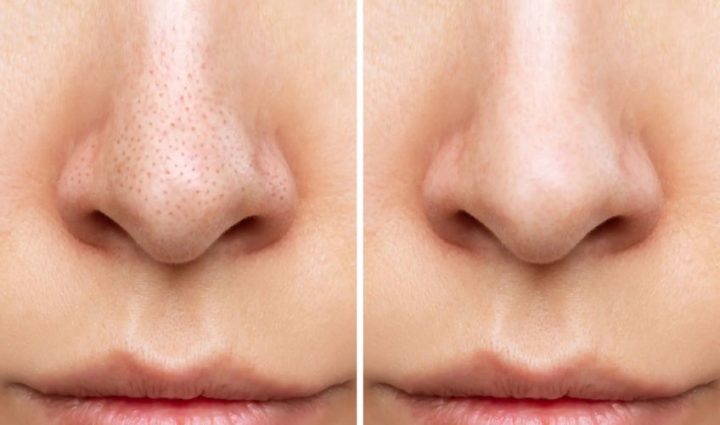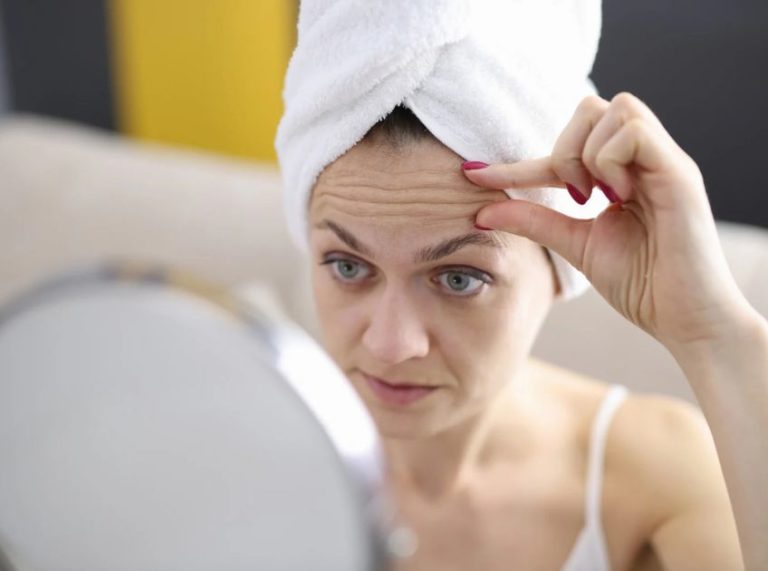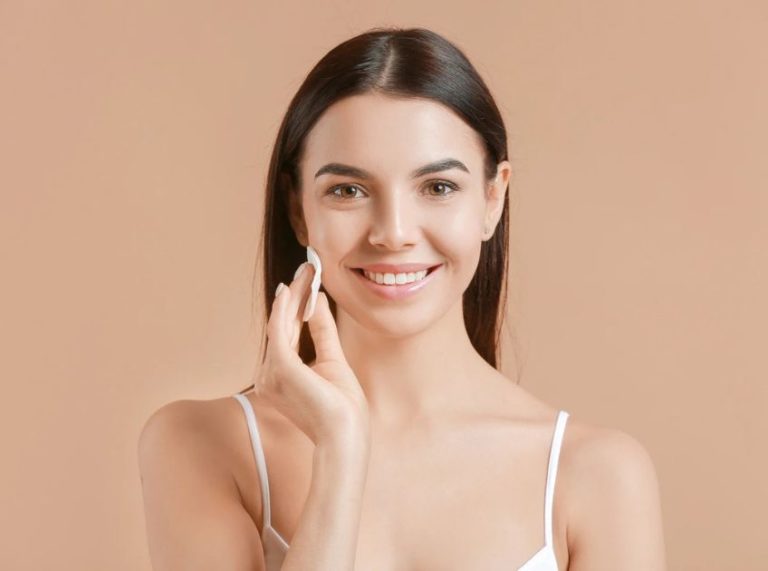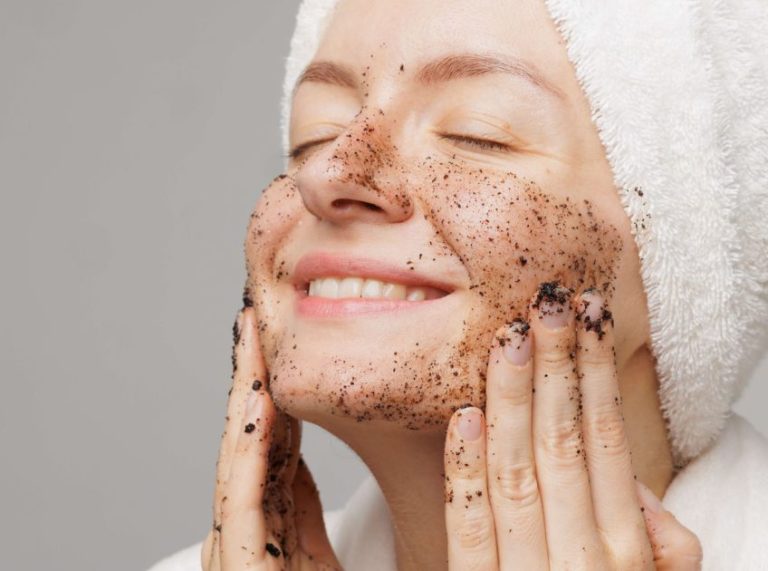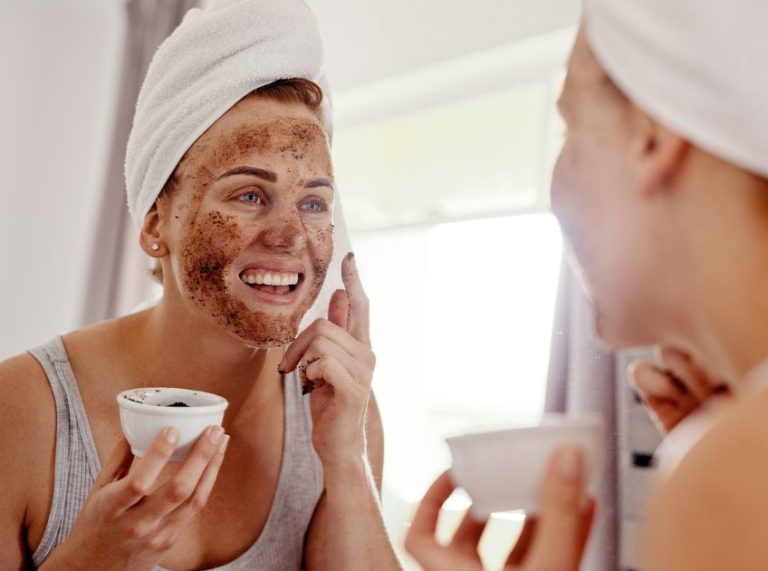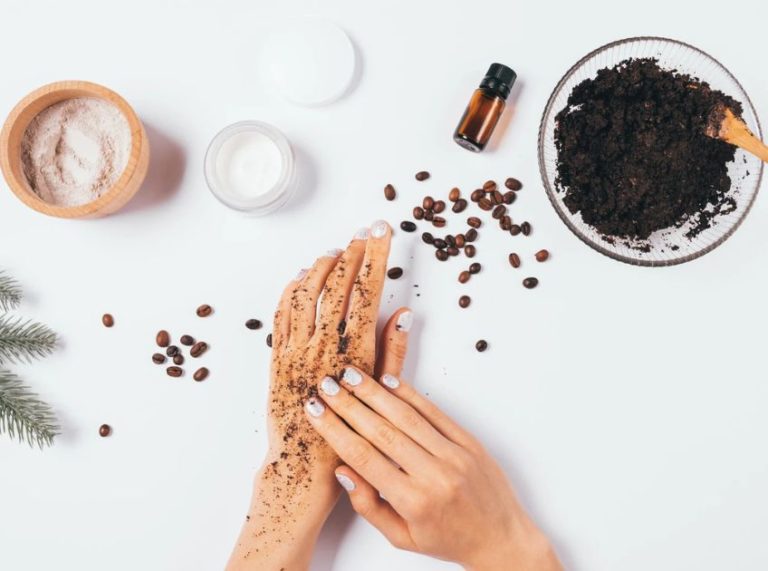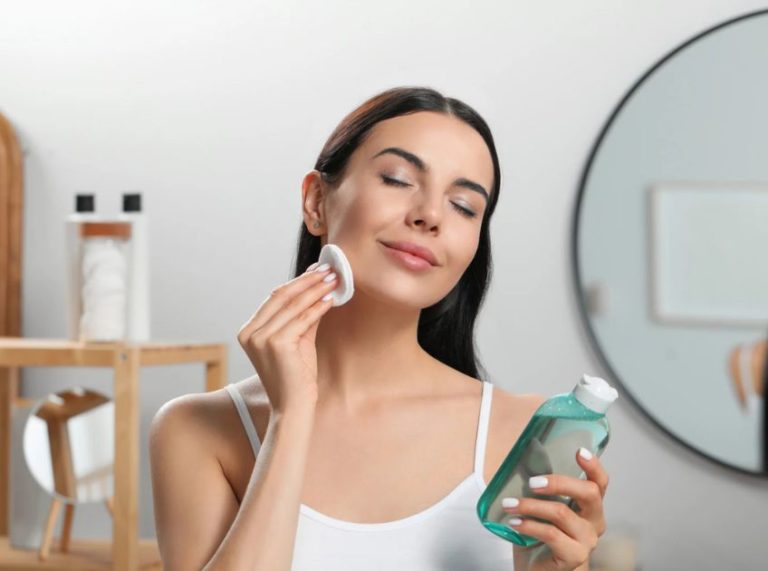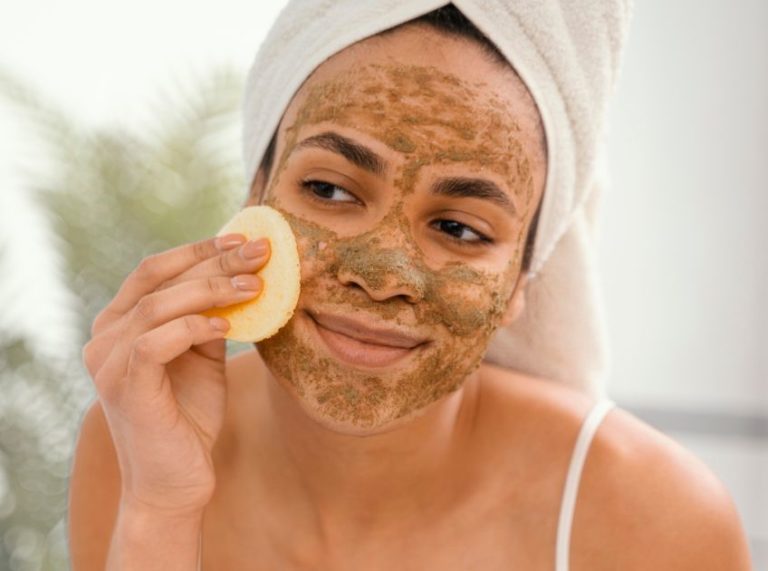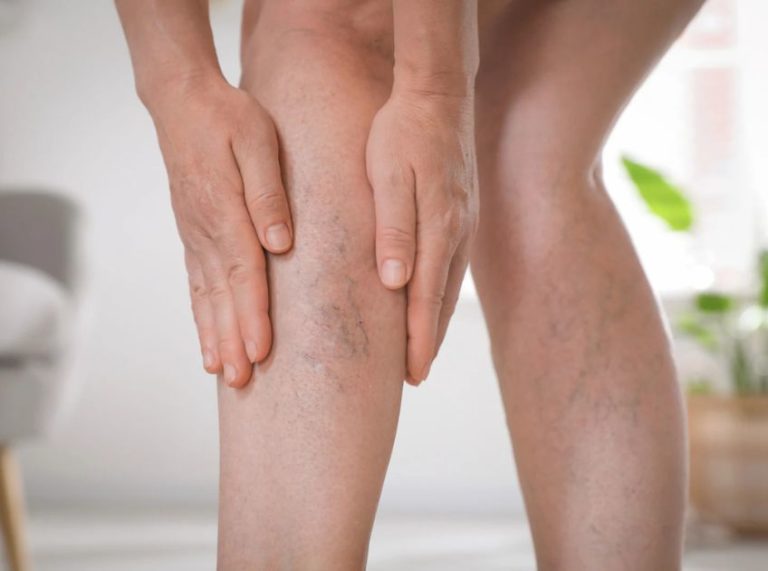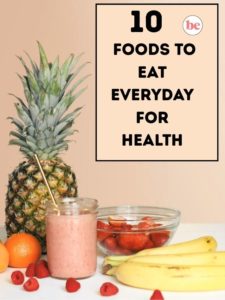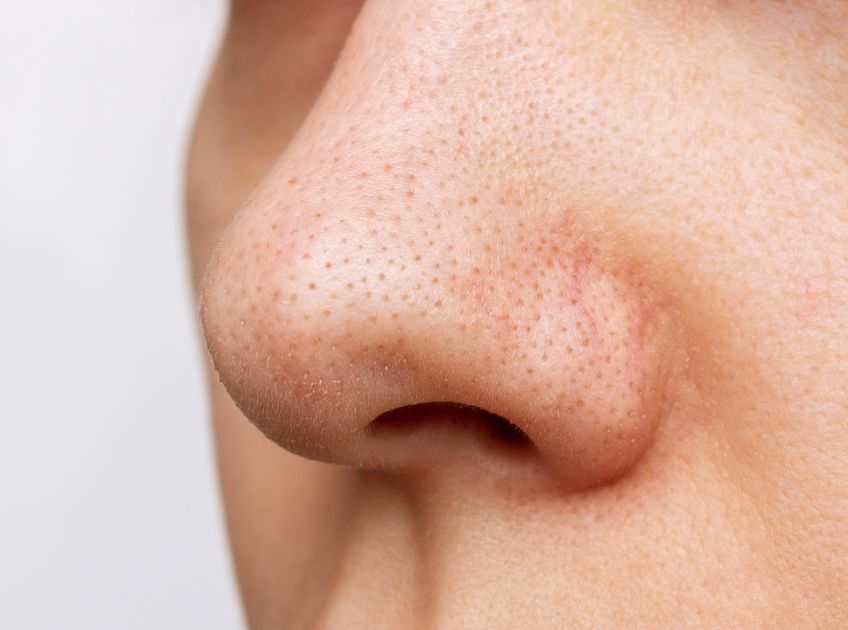
Important: This article is for informational purposes only. Please read our full disclaimer for more details.
Blackheads can be frustrating, especially when they seem to pop up no matter how much you cleanse. These tiny, dark bumps form when excess sebum and dead skin cells clog your pores and oxidize in the presence of air. While professional treatments and facials are effective, you don’t always need expensive products to achieve clearer skin. With the right natural remedies, you can manage and reduce blackheads effectively at home.
In this article, we’ll explore 10 DIY home remedies for blackheads backed by science and skin care experts to help you achieve smoother, clearer, and healthier-looking skin naturally.
Article Contains
10 DIY Home Remedies to Remove Blackheads
1. Baking Soda Exfoliation
Baking soda acts as a gentle exfoliant, removing dead skin cells and unclogging pores. Its alkaline nature also helps restore the skin’s natural pH balance.
How to use
- Mix 1 tsp of baking soda with water to form a paste.
- Massage onto affected areas for 2 minutes.
- Rinse thoroughly with lukewarm water.
Scientific Insight: According to a study in the Journal of Dermatological Science, mild exfoliation helps reduce comedonal acne, which includes blackheads (1).
2. Honey and Cinnamon Mask
Honey has antibacterial properties, while cinnamon improves blood circulation, making this combo great for removing blackheads.
How to use
- Mix 1 tsp honey with ½ tsp cinnamon powder.
- Apply to blackhead-prone areas and leave for 10 minutes.
- Rinse with warm water.
3. Clay Masks (Bentonite or Kaolin)
Clay masks are excellent for absorbing excess oil and impurities from the pores.
How to use
- Mix 1 tbsp bentonite clay with water or apple cider vinegar.
- Apply a thin layer and let it dry for 10–15 minutes.
- Rinse off gently.
Scientific Insight: Research published in the Journal of Cosmetic Dermatology shows that clay masks can significantly reduce pore size and blackhead formation (2).
4. Green Tea Scrub
Rich in antioxidants, green tea reduces inflammation and oil buildup—two major contributors to blackheads.
How to use
- Brew green tea and allow the leaves to cool.
- Mix 1 tsp of damp tea leaves with honey.
- Gently scrub onto your nose and T-zone for 2 minutes, then rinse.
5. Egg White Peel-Off Mask
Egg whites help tighten pores and remove trapped dirt and oil.
How to use
- Separate the egg white from the yolk.
- Apply a thin layer over your face and place a tissue on top.
- Repeat with another layer and let it dry.
- Peel off the mask and rinse.
6. Lemon and Honey Spot Treatment
Lemon acts as a natural astringent while honey hydrates and fights bacteria.
How to use
- Mix ½ tsp lemon juice with ½ tsp honey.
- Dab on blackhead-prone areas and leave for 10 minutes.
- Rinse off with lukewarm water.
7. Oatmeal and Yogurt Mask
Oatmeal soothes the skin while yogurt’s lactic acid gently exfoliates.
How to use
- Mix 2 tbsp oatmeal with 2 tbsp plain yogurt.
- Apply evenly and leave for 15 minutes.
- Rinse with warm water.
8. Tea Tree Oil Spot Treatment
Tea tree oil is known for its antimicrobial and anti-inflammatory properties, making it a powerhouse against clogged pores.
How to use
- Dilute 2–3 drops of tea tree oil with 1 tsp carrier oil.
- Apply directly to blackheads using a cotton swab.
9. Apple Cider Vinegar Toner
Apple cider vinegar acts as a natural astringent and helps balance skin pH levels.
How to use
- Dilute ACV with equal parts water.
- Apply using a cotton ball on affected areas once daily.
10. Sugar and Olive Oil Scrub
A natural scrub to slough off dead skin and keep pores clear.
How to use
- Mix 1 tbsp sugar with ½ tbsp olive oil.
- Massage gently onto the skin for 2 minutes.
- Rinse thoroughly with warm water.
Why These Remedies Work
- Exfoliation (baking soda, oatmeal, sugar) removes dead skin cells that clog pores.
- Astringents (lemon, apple cider vinegar) tighten pores and reduce sebum production.
- Antibacterial agents (honey, tea tree oil) fight acne-causing bacteria (3).
- Clay and antioxidants (green tea, bentonite clay) absorb oil and reduce inflammation.
Studies published in journals like Clinical, Cosmetic, and Investigational Dermatology confirm that natural agents with antimicrobial and anti-inflammatory properties can significantly reduce blackhead formation and improve overall skin texture (4)(5).
Frequently Asked Questions (FAQ’S)
1. Are DIY remedies safe for sensitive skin?
A. Most remedies are safe, but it’s best to do a patch test first. Avoid harsh exfoliants like lemon juice if you have extremely sensitive skin.
2. How often should I use these remedies?
A. Limit exfoliating remedies to 2–3 times per week to avoid skin irritation. Masks can be applied once a week.
3. Can blackheads come back after treatment?
A. Yes, blackheads can reappear if pores get clogged again. Maintaining a consistent skincare routine is key to prevention.
Final Thoughts
Blackheads are common, but with the right DIY home remedies, you can keep them under control naturally. Ingredients like honey, tea tree oil, clay, and green tea work synergistically to unclog pores, balance oil, and improve skin texture without harsh chemicals.
Consistency is essential—pair these remedies with a proper cleansing routine and non-comedogenic skincare products for the best results.
